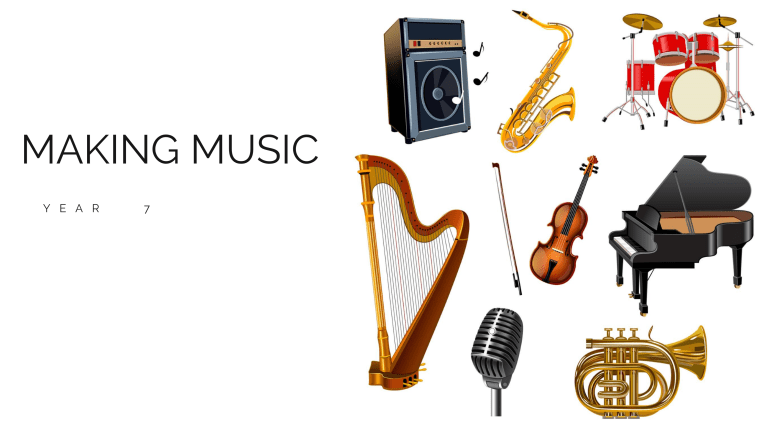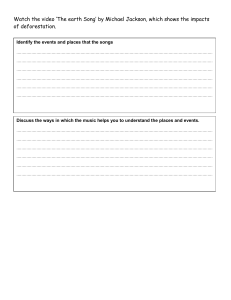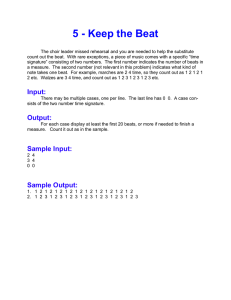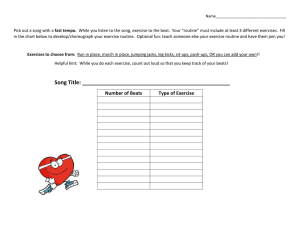
MAKING MUSIC Y E A R 7 W H A T I S M U S I C • At the core of our everyday experience with music, we use it to relax, express ourselves, come to terms with our emotions, and generally improve our well-being. • It has evolved into a tool for healing and self-expression, often dictating how we, as individuals, take steps to impact society. H O W I S M U S I C R E L A T E D T O D A I L Y A N D O T H E R S U B J E C T S ? L I F E • All musical aspects relating to the relative loudness (or quietness) of music fall under the general element of DYNAMICS. • Rhythm is the element of "TIME" in music. When you tap your foot to the music, you are "keeping the beat" or following the structural rhythmic pulse of the music. • Musical pieces can be read just like you read math symbols. The measures have beats. These beats are represented by a fraction. Say you have a quarter note (1 beat) and the number of beats in that measure was 4, the fraction for the quarter note would be 1/4. This can help you to figure out where you are in a piece of music or help you to count how many beats of rest you have. • In Language Arts, you sometimes memorize songs to learn something, for example, helping verbs. Music is definitely a big part of the song, because these types of memorization songs are usually a catchy song that has different words. • In social studies, you learn that cultures of different places include music, such as East Tennessee's cultural background includes bluegrass music. Where, West Tennessee's cultural background includes jazz music. This can better help you understand different people in different parts of the world's music interests and you can gain appreciation for many types of music. • In science, you learn about sound waves and hearing. In music, you use hearing to listen to the pitch of a note to know what to play or sing. You also have to listen to the music to know when to come into a song and start playing/singing. By learning about this in science, you can understand/learn music better.





